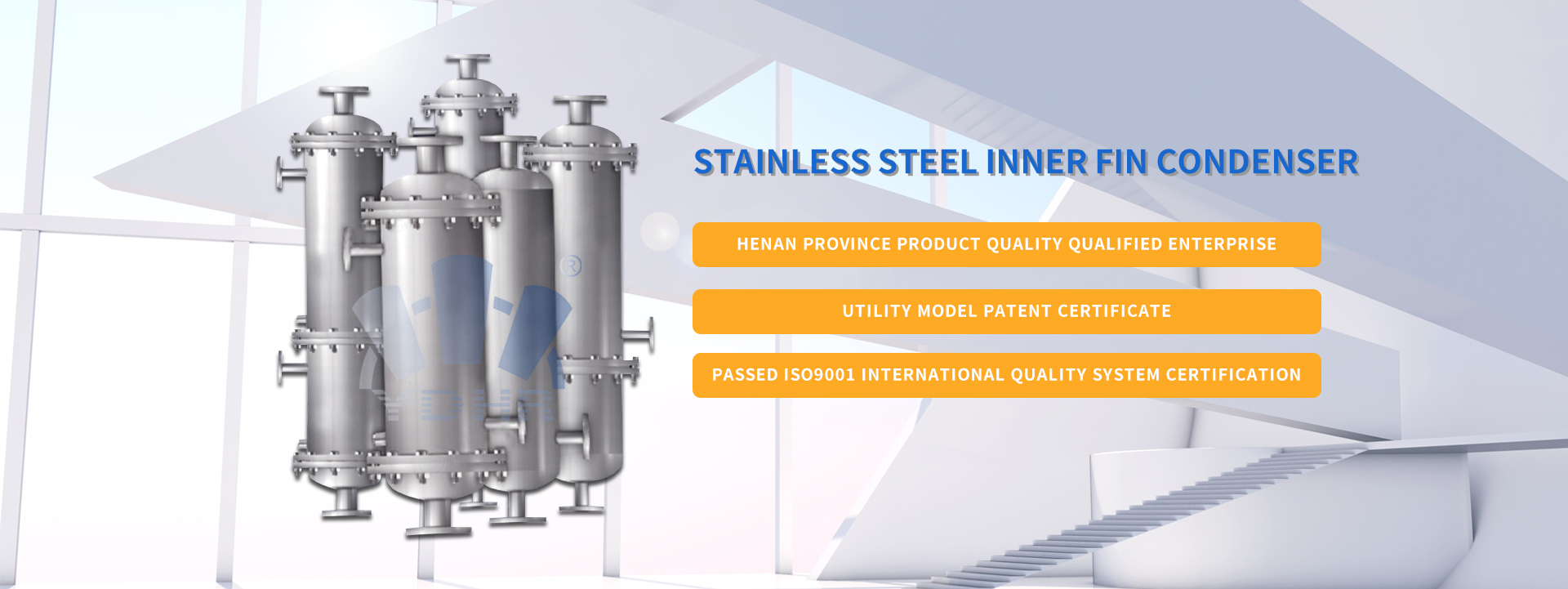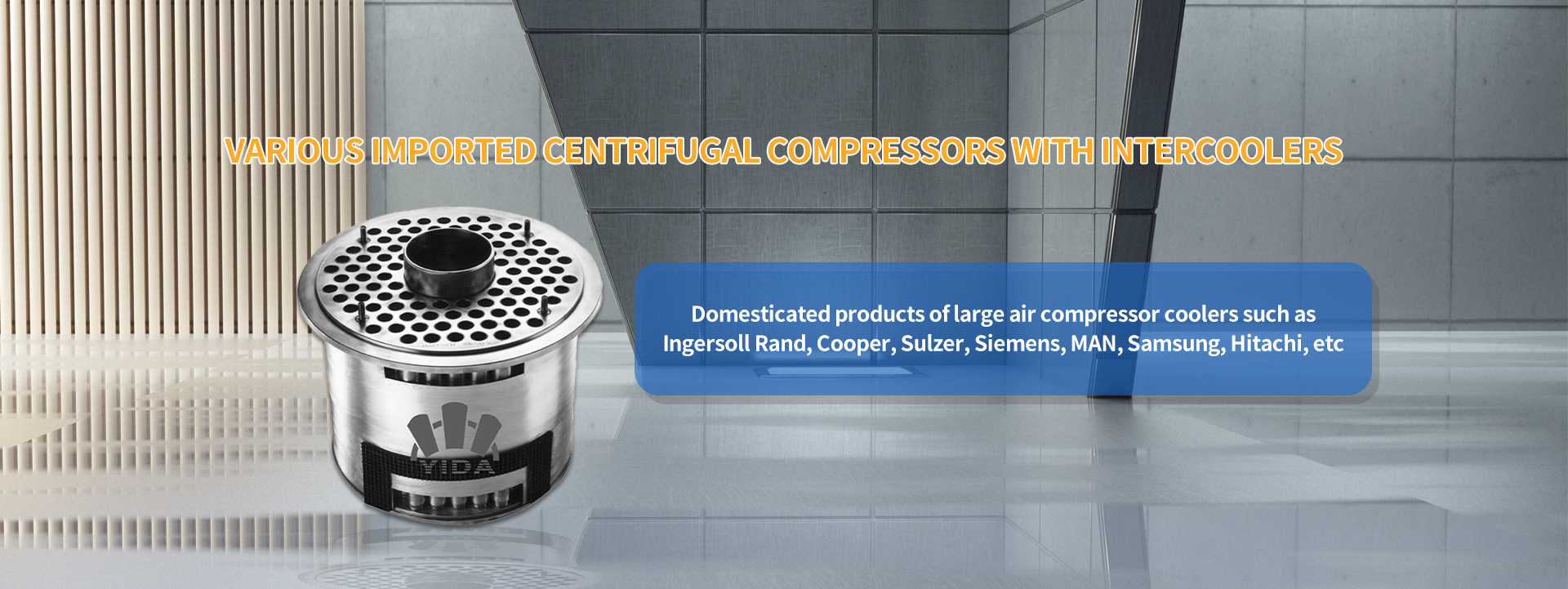Plate heat exchangers, technological achievements for you and me
Plate heat exchanger is a type of heat exchanger composed of a series of metal sheets with a certain corrugated shape stacked together. A thin rectangular channel is formed between various plates of the Cooper cooler, through which heat exchange occurs. Plate heat exchanger is an ideal equipment for heat exchange between liquid-liquid and liquid vapor systems. It has the characteristics of high heat transfer efficiency, small heat loss, compact and lightweight structure, small footprint, wide use, and long service life. Under the same pressure loss, its heat transfer coefficient is 3-5 times higher than that of a tube heat exchanger, occupying one-third of the area of a tube heat exchanger, and its heat recovery rate can reach over 90%.
The types of plate heat exchangers mainly include structural (detachable) and brazed types. The plate heat exchanger plate methods mainly include herringbone corrugated plates, horizontal flat corrugated plates of plate coolers, and nodular plates. A detachable plate heat exchanger is composed of many stamped corrugated thin plates at a certain distance, sealed by gaskets around them, and stacked and compressed by a structure and a compression screw. The four corner holes of the plates and gaskets form the distribution and collection pipes for the fluid, which reasonably separate the hot and cold fluids and allow them to move in the flow channels on both sides of each plate. Through the plates, heat exchange occurs in the shell and tube heat exchanger, and the two fluids move in the tube side and shell side respectively. Overall, it is a cross flow activity with a small logarithmic uniform temperature difference correction coefficient. Plate heat exchangers are mostly operated in parallel or reverse flow, and their correction coefficients are usually around 0.95. In addition, the activities of cold and hot fluids in plate heat exchangers are parallel to each other. The heat exchange surface and no bypass flow result in a small temperature difference at the end of the plate heat exchanger, which can reduce water heat transfer to below 1 ℃, And shell and tube heat exchangers are generally 5 ℃








